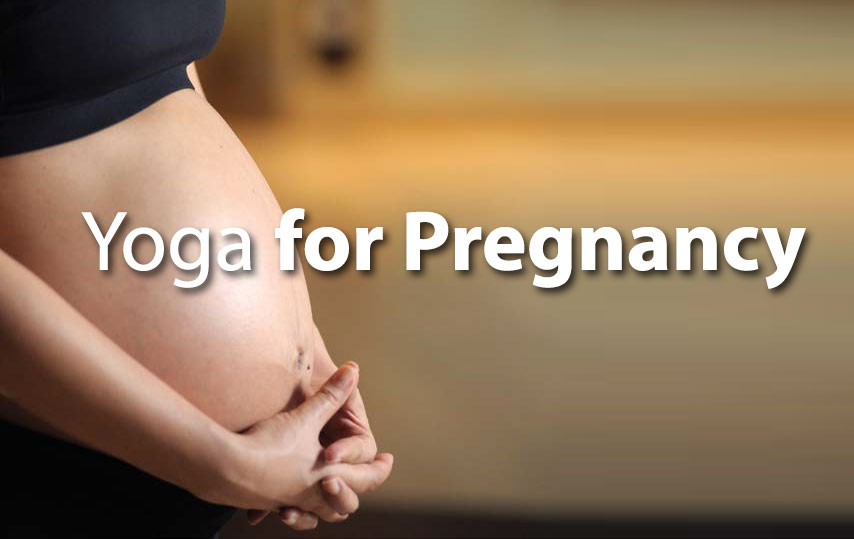Symptoms
During pregnancy, the following symptoms show:
• Nausea/Morning Sickness
• Delay / Difference in Menstruation
• Fatigue/Tiredness
• Backaches
• Headaches
• Frequent Urination
• Food Cravings or Food Aversions
Trimester
Pregnancy is divided into three parts called trimesters. Each trimester is about three months long.
During the first trimester, the woman often feels sick in her stomach and has to urinate often. During the second trimester, the woman’s body starts to look pregnant, and her belly starts to stick out. During the third trimester, her belly sticks out even more, and the woman becomes even heavier.
At the end of a full pregnancy, the woman goes into labour, and her body lets the baby come out. When this happens, it is called delivering a baby or giving birth.
Many things happen to a woman during pregnancy. Labour can also hurt a lot for the woman.
Complications
Sometimes during pregnancy, there are problems. A miscarriage (spontaneous abortion) is when the fetus comes out of the woman too early, and the pregnancy ends suddenly. There are also certain sicknesses caused by pregnancy. Sometimes, women die from giving birth, although in developed countries, this is much less common than it used to be.
Various complications include:
• Abortion
• Asthma
• Depression
• Diabetes
• Eating disorders
• Epilepsy and other seizure disorders
• High blood pressure
• HIV
• Migraine
• Overweight and Obesity
• Sexually transmitted infections (STIs)
• Thyroid disease
• Uterine fibroids
• Infections during pregnancy
Yoga Therapy for Pregnancy
Prenatal yoga has many benefits. On a physical level, the specially adapted yoga postures will help strengthen, tone and create flexibility in the body. The sessions will boost vitality, reduce stress and help relieve common pregnancy ailments such as backache and fluid retention. The breathing exercises relax the nervous system and bring increased oxygen to the body and therefore the baby. They are very useful to use during labour to help deal with the contractions. Movements and positions which are beneficial for each stage of labour are incorporated into the class and each session ends with relaxation.
Yoga Works Great for Pregnancy
Yoga has five vital tools for pregnancy. When followed together, they work wonders on health and capability for smooth pregnancy. Smooth pregnancy and a natural childbirth are just some of the benefits of yoga. But more importantly, yoga helps tremendously on the physical and mental development of the foetus. Ensuring a healthy baby is every woman’s dream and yoga helps to do just that.
Five Tools Yoga Asanas
These gently work on the reproductive organs and pelvis to ensure a smooth pregnancy and a relatively easy childbirth. At the subtle level, these ensure optimum supply of blood and nutrients to the developing foetus.
Asanas are ways of moving or holding the body in different positions.
Yoga has several exercises or postures that improves a woman’s health and pregnancy conditions. Varying widely in application and style, these (postures) gently stretch and explore all parts of the body.
During pregnancy, yoga asanas are a gentle way to keep the body active and supple. The remarkable effects of these postures in pregnancy show the power of yoga for ensuring a smooth pregnancy, natural childbirth and restoration of body shape after childbirth.
How Prenatal Yoga Helps?
• Relieves edema (fluid retention) and cramping which can be quite common in the last months
• Influences the position of the baby and turns it in advance if needed; strengthens and massages the abdomen which help stimulate bowel action and appetite
• Raises the level of energy while also helps in slowing the metabolism to restore calmness and focus.
• Helps to reduce nausea, morning sickness and mood swings in combination with pranayamas (yogic breathing)
• Focuses on relieving tension around the cervix and birth canal
• Focuses on opening the pelvis to make labor easier and quicker
Pranayama
(Breathing Techniques)
These powerful techniques ensure the abundant supply of oxygen and a better life force for mother and child. These methods work on fitness of the woman during pregnancy.
Yogic breathing and energy control methods are some of the most beneficial techniques for women health and pregnancy. During pregnancy, good breathing and control of prana (energy) are absolutely vital. Just like the nutrients provided to the baby from food, the mother is also responsible for providing the child with high quality oxygen and prana from the air she breathes. A mother with strong breathing will have better fitness for her pregnancy and provide a better life force for her child.
In preparation for childbirth, mastery of a few simple pranayamas can help birthing energy to flow smoothly. These phenomenal techniques help release emotional tension during labour and the likelihood of post-natal depression is dramatically reduced. In fact, so powerful are pranayamas that they are used in the therapeutic management of common female disorders such as:
• Pre-menstrual tension
• Period pain and period irregularity
• Pelvic floor weakness
• Uterine prolapse
• Constipation
• Bad back
• All kinds of mental and emotional tensions
Mudras and Bandhas
The psycho-physical stimulation of these gestures and locks has powerful effects on a woman’s reproductive organs.
Meditation
As a therapeutic tool, meditation will help the woman resolve the deepest of neuroses, fears and conflicts, which are so common during pregnancy. Meditation brings with it an incredible awareness which helps the mother connect with the child in a way that is impossible to explain.
Meditation brings with it an incredible awareness which works at a very subtle level. Meditation will help the mother to explore the inner self; establish that connection with her child that is impossible to explain. It creates a phenomenal understanding of oneself. It puts the mother in tune with the baby.
• For therapeutic purposes, meditation can help to resolve the deepest of neuroses, fears and conflicts which are a major cause for stress and ill-health.
• Mantra literally means “that which liberates the mind”. Ancient yogis discovered certain ways of developing and controlling the mind by using sounds, both aloud as well as mentally.
• Mantra japa meditation is a very effective form of meditation which a certain sound is repeated a number of times for a remarkably soothing and subtle impact on consciousness. It has an extremely positive effect on senses and on the developing fetus.
Deep Relaxation
Yoga nidra is particularly effective during pregnancy for physical and mental relaxation as well as for childbirth preparation.
Yoga nidra, also known as Yogi’s sleep is a powerful way of gaining the greatest benefits of relaxation without actually losing awareness. It is said that one hour of yoga nidra is equivalent to over four hours of sleep. It works so effectively on the mind that it is often called “psychic sleep”. Yoga nidra is particularly effective during pregnancy for physical and mental relaxation as well as for childbirth preparation. More importantly, in the early weeks after birth when sleep is of poor quality or broken often, regular yoga nidra is a “miraculous” way of resting to restore the body and mind.
As a therapeutic tool, yoga nidra is included in women’s programmes for managing asthma, high blood pressure, edema, cramping, fatigue, insomnia, stress management, constipation, endometriosis, leucorrhoea and sexual tension. It is extremely useful in kicking off smoking, poor eating habits and even unsatisfactory relationships!!


















 Other
Other